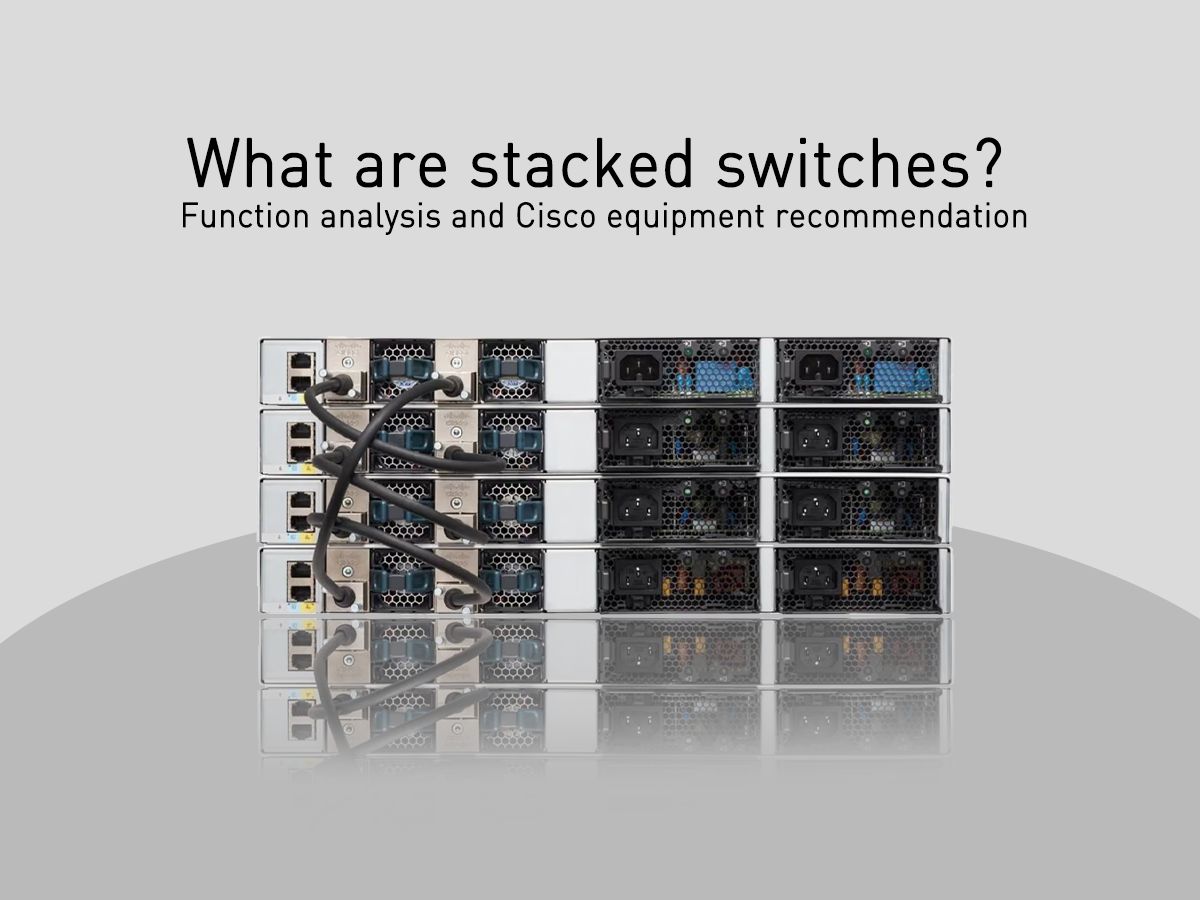














When building or upgrading a network, choosing the right type of fiber optic becomes crucial. Single-mode and multi-mode fibers are common choices in networks, each with their own advantages in terms of performance, cost, and application scenarios. Understanding the differences between them can help make the right choice of fiber for your network.

Single-mode fiber (SMF) transmits light signals through a thin core, typically using wavelengths of 1310nm or 1550nm. Due to its small core diameter (usually 8 to 10 microns), it only allows a single mode of light to pass through, reducing the possibility of multi-path interference during signal propagation. Because the light signal path in single-mode fiber is straighter, there is less signal attenuation in long-distance transmission, allowing for ultra-long-distance, high-precision data transmission.
There are two types of single-mode fiber cables: OS1 and OS2. Both have a core diameter of 8-9 microns, but they differ in attenuation characteristics. OS2 cables have much lower attenuation than OS1, making them more efficient in long-distance transmission. Although both types of cables have the same application range, their applicable distances vary. Typically, OS1 cables are suitable for indoor wiring, while OS2 is more commonly used for outdoor applications, such as underground fiber optics. However, OS2 can also be used for indoor wiring when necessary.
In practical applications, single-mode fiber is generally used in telecommunications backbone networks, wide area networks (WANs), and other scenarios that require long-distance, high-bandwidth transmission. Although the initial wiring cost of single-mode fiber is relatively high, its stability and efficiency in long-distance transmission are significant.
Multi-mode fiber has two ports, TX and RX, where TX is the transmission port and RX is the receiving port, each requiring a separate fiber for connection.
Multi-mode fiber (MMF) generally has a larger core (50 to 62.5 microns), allowing multiple modes of light to propagate within the same fiber. Its common wavelengths are 850nm and 1300nm. This design enables multi-mode fiber to transmit large amounts of data over short distances, making it particularly suitable for local area networks (LANs) and data centers.
Multi-mode fiber cables are usually divided into five different types, with the following table showing the differences between the five types:
| Type | Core Size | Data Rate | Distance | Application Scenarios |
|---|---|---|---|---|
| OM1 | 62.5um | 1GB @ 850nm | 300m | Short-range networks, LANs, and dedicated networks |
| OM2 | 50um | 1GB @ 850nm | Up to 600m, typically used for shorter distances, double the distance capacity of OM1 | Short-range networks, LANs, and dedicated networks |
| OM3 | 50um | 10GB @ 850nm | 300m, can run 40GB or 100GB to 100m with MPO connectors | Larger dedicated networks |
| OM4 | 50um | 10GB @ 850nm | 550m, can run 100GB to 150m with MPO connectors | High-speed networks/data centers, financial centers, and corporate campuses |
| OM5 | 51um | 100 Gbp@850nm | Maximum transmission distance of 150m at 100 Gbps data rate; 150m at 40 Gbps and 100 Gbps data rates | Data centers, high-speed computing, and hyperscale cloud computing environments |
Compared to single-mode fiber, the deployment cost of multi-mode fiber is lower, and the installation of connectors is simpler. However, due to multi-path interference in multi-mode fibers, the signal experiences greater attenuation and distortion during long-distance transmission, making it suitable for shorter transmission distances. Multi-mode fiber is typically used for applications that require high speeds but have shorter transmission distances, such as enterprise internal networks or data centers.
Wavelength and Core Size Single-mode fiber uses a smaller core and long wavelengths (1310nm or 1550nm) to maintain signal stability in long-distance transmission. Multi-mode fiber, on the other hand, uses a larger core and short wavelengths (850nm or 1300nm), allowing more data to pass through but is prone to attenuation over long distances.
Transmission Distance and Bandwidth Single-mode fiber's transmission distance can typically reach tens or even hundreds of kilometers, making it suitable for WANs and telecommunications operators. Multi-mode fiber's transmission distance is shorter, generally ranging from a few hundred meters to a few kilometers, making it more suitable for LANs and data centers.
Cost and Deployment Complexity The cost of wiring and equipment for single-mode fiber is relatively high, and installation requires a higher level of technical skill. Multi-mode fiber, on the other hand, has a lower deployment cost and is easier to install, making it more suitable for networks with lower budgets and shorter distances.
When selecting fiber, first consider your network needs. If your application scenario involves long-distance data transmission or requires high bandwidth for a WAN, single-mode fiber is more appropriate. Its high stability and long-distance performance ensure that your network runs stably under any circumstances.
If your network needs are mainly focused on LANs or data centers with shorter transmission distances, multi-mode fiber is a more cost-effective choice. It not only meets the needs of high-speed data transmission but is also more friendly in terms of cost and installation complexity.
Whether it's single-mode or multi-mode fiber, they each have their specific application scenarios and advantages. Understanding their differences and evaluating your actual needs is crucial when choosing fiber. Selecting the most suitable fiber type based on your network requirements can effectively improve network performance and reduce operational costs. If you still have doubts about choosing fiber, it is recommended to consult a professional team to ensure the best solution for you.




